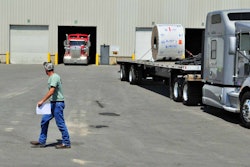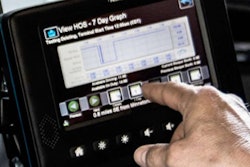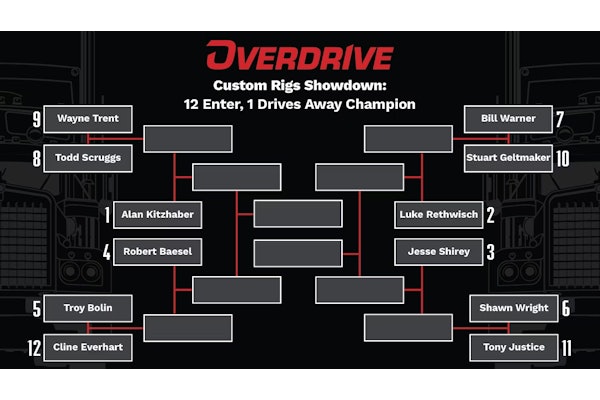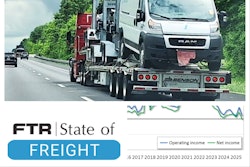C.H. Robinson North American Truckload Director of Capacity Development Bruce Johnson says the company’s efforts to “be a marketplace expert” has led to a relationship with the supply chain studies program at Iowa State University. Earlier this year, the broker worked with researchers there establish parameters for a study that would help the industry understand “what the electronic-logging-device mandate would do to the hours of service of the industry,” what productivity/capacity issues would result and what improvements could be made to ease the transition.
 Bruce Johnson
Bruce JohnsonIowa Sate is “doing a deep dive on carriers through their electronic logging” platforms, Johnson says.
What they’re trying to determine is “if the shipper should be aware of a productivity loss,” and if so, “where it is being lost,” says Samantha Fahey, marketing account manager. “Can we offset costs” for that loss? she goes on to ask. Put another way: Is there more that shippers and carriers can do themselves to maintain optimal productivity?
Johnson gives the example of a haul length that is of a certain distance to where it could create hours problems. “What’s the solution? Is it a relay, switching out drivers? Is there a case for drop-and-hook at nontraditional locations” where it wouldn’t normally be an option?

The university has finished phase 1 of its research, Fahey and Johnson say, analyzing a set of carriers’ electronic-log platform data. For Phase 2, they’re expanding the carrier set. Once that’s finished, Robinson aims to release a white paper offering recommendations ahead of the mandate. Fahey believes it will be done in October.
“In the long-term, as people start understanding the [productivity] impact” of e-logs, Johnson says, “people will start to get more creative at utilizing the truck to the best of their ability within the hours.”










